Coachella has become one of (if not the) most exclusive music festivals in the world. From buzzy lineups to equally as famous attendees, Coachella is much more than a slew of concerts–it’s a cultural phenomenon.
Videos by American Songwriter
There is much about this festival that draws in mammoth crowds. Most obviously, the lineup reads like a “Who’s-Who” of today’s pop landscape. It never fails to entice listeners. But, there is another aspect of the festival that keeps people coming back year after year: the glamour of it all.
Attendees will spend countless dollars perfecting their looks, preparing to brush shoulders with the upper echelon. While Coachella hosts a diverse crowd every April, a significant portion of the crowd consists of celebrities, influencers, and other well-to-do individuals. Even if a ticket holder doesn’t consider themselves in any of those categories, a snapshot of them at Coachella holds the same connotations.
How did Coachella come to be this way? The festival, as we know it, becomes even more mind-boggling when we consider its counterculture origins. Learn more below.
[RELATED: Brian May Is “Still Processing” That Coachella Performance With Benson Boone]
Pearl Jam
Flash back to 1993…Pearl Jam was unhappy with the way Ticketmaster was servicing their fans, particularly the perceived price gouging. They wanted to protest the ticketing giant’s practices, so they headed out to the desert.
They decided to hold a concert with very little infrastructure in Indio, California. Though it wouldn’t be everyone’s first pick for a venue, it provided the opportunity for the band and their fans to escape the institution of the music industry. They wanted a place to break free from the industry norms, and they found it in Coachella Valley. The founders of Coachella later modeled their festival after this 1993 Pearl Jam protest.
The First Coachella
We don’t have all the numbers, but it’s safe to say that Coachella does quite well for its stakeholders these days. But in 1999, founders Paul Tollett and Rick Van Santen suffered a massive financial loss with the burgeoning Coachella. They lost nearly $1,000,000. While that could’ve been curtains for the desert festival, they decided to dust themselves off and try again.
The festival was originally conceived as a response to Woodstock ’99. While that festival ended in violence and ruin, Coachella was meant to be tame by comparison. “Polite behavior” was the call of the day. Moreover, the festival wanted to be affordable. They purposefully kept prices low, which likely added to their financial hurdles. The first iteration of Coachella saw ticket prices as low as $50.
Coachella didn’t make a return until 2001, when the organizers had worked out the kinks. They moved the festival to April in hopes of milder temperatures, bumped up ticket prices, obtained sponsorships, and iron-out a buzz-worthy lineup. It set the stage for Coachella to become one of the biggest festivals of all time.
Why is Coachella So Popular?
The answer to this question is somewhat obscured, in that there are many possible responses. The easiest answer is that it’s just a good festival…For years, organizers have worked to secure artists who are having a cultural moment in any given year. If you want to know who the next big thing is, take a look at Coachella’s lineup. You’ll have your answer. If you want to see a pop act at the top of their game, this is the festival you go to.
Another draw is the potential to rub shoulders with big names. The Coachella lineup features only some of the celebrity sightings you could have as an attendee. This is a major draw for many. Why did Coachella become a celebrity playground?
Well, Coachella Valley has always played host to the rich and famous. From winter homes to vacation spots, Indio was no stranger to a famous face even before Coachella took off. This festival’s proximity to Los Angeles guarantees the chance to see the biggest artists of the day on stage, but also promises the chance to see them singing and dancing as fellow fans too.
Another contributing factor to Coachella’s popularity was the rise of social media. It seems to be that this festival was in the right place at the right time. As social media took off and celebrities started sharing aspects of their personal life, Coachella outfits became a trending topic.
With the help of Instagram, this festival became one big runway show, which was then proliferated by fashion companies partnering with the festival. The fashion aspect of Coachella put even more onus on attendees to come to Indio. Not only could they listen to their favorite bands, but they would also show off their unique style as well.
Lastly, YouTube seems to have played a large part in Coachella’s modern success. As phone camera quality became better, attendees starting taking and posting clips from Coachella sets. Given the strength of the festival’s lineup, viewers seeing what they were missing out on only added to the fervor.
Music Festival or Cultural Hub?
There are likely some who critique Coachella for the way it has evolved over the years. It seems to be less and less about the music and more about the scene surrounding it. Nevertheless, the festival continues to boast massive names and excellent production quality. If you do attend Coachella for the music, you’ll likely not be disappointed. See the schedule for Weekend Two of Coachella 2025, HERE.
Photo by Kevin Mazur/Getty Images for Coachella


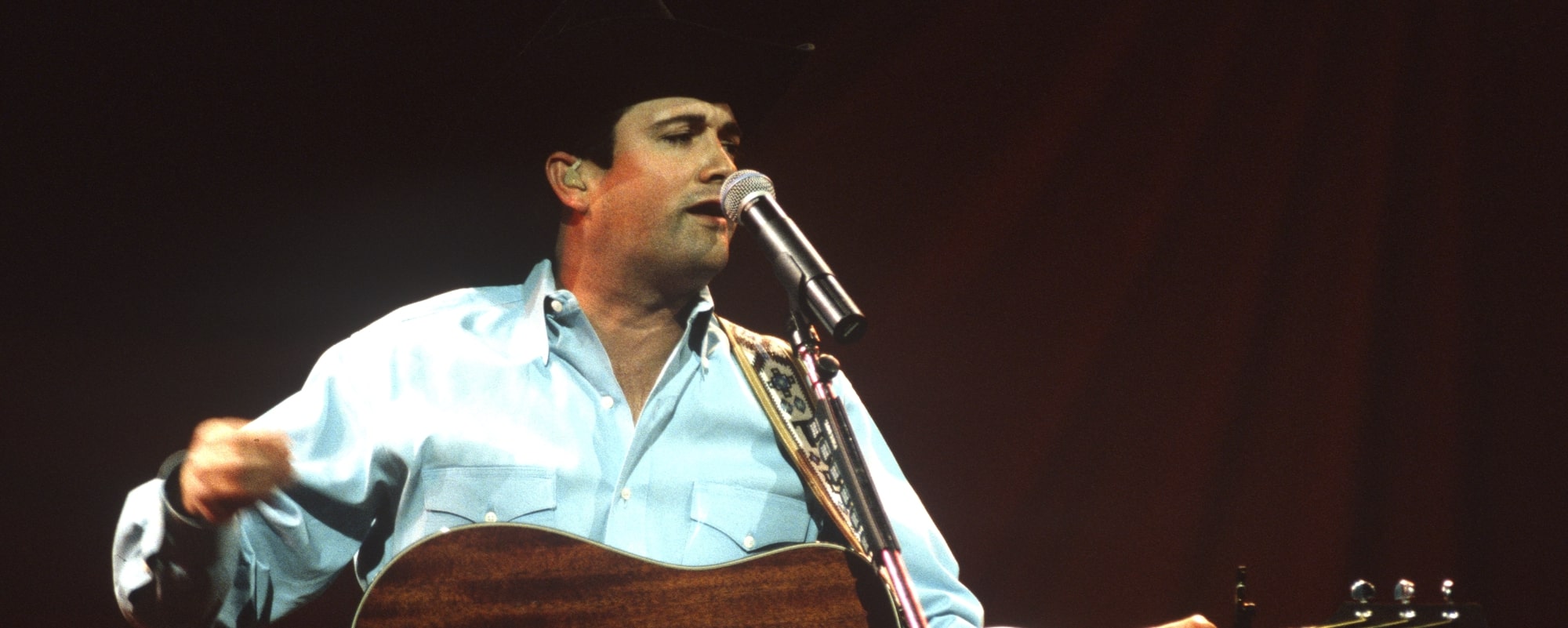
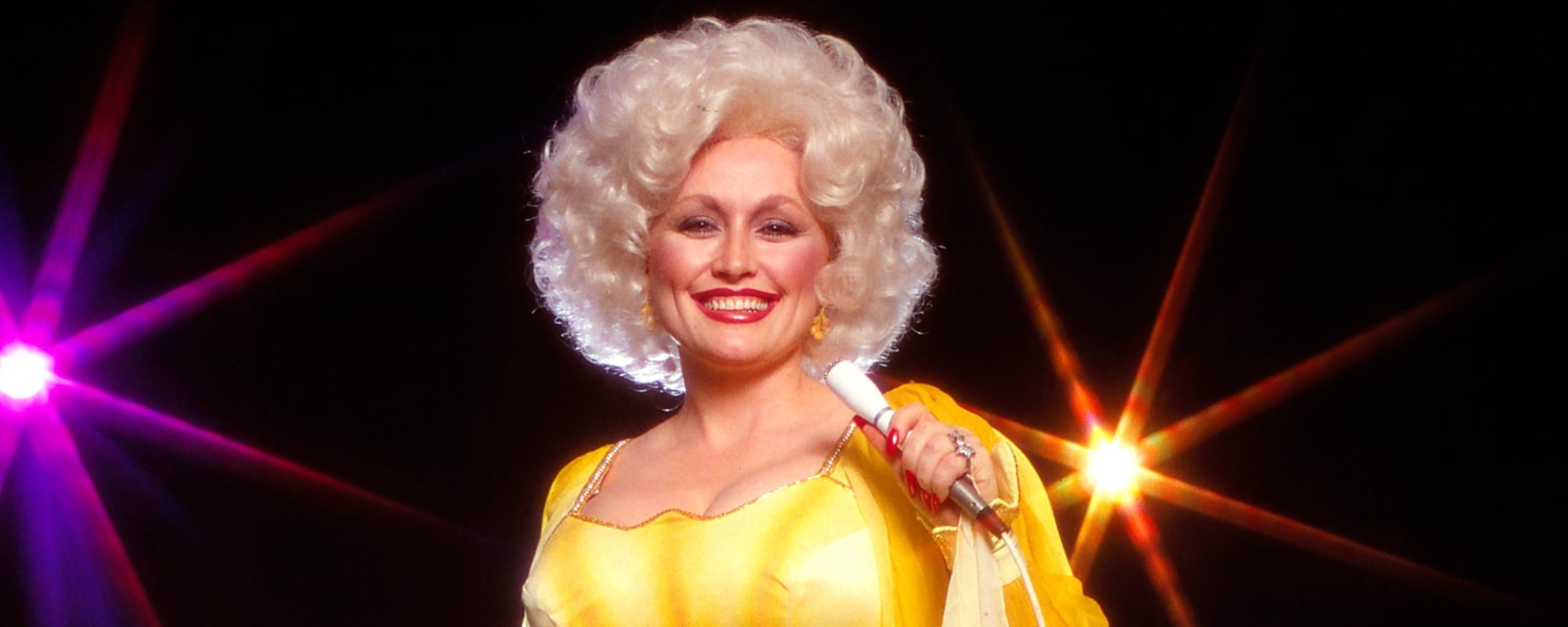

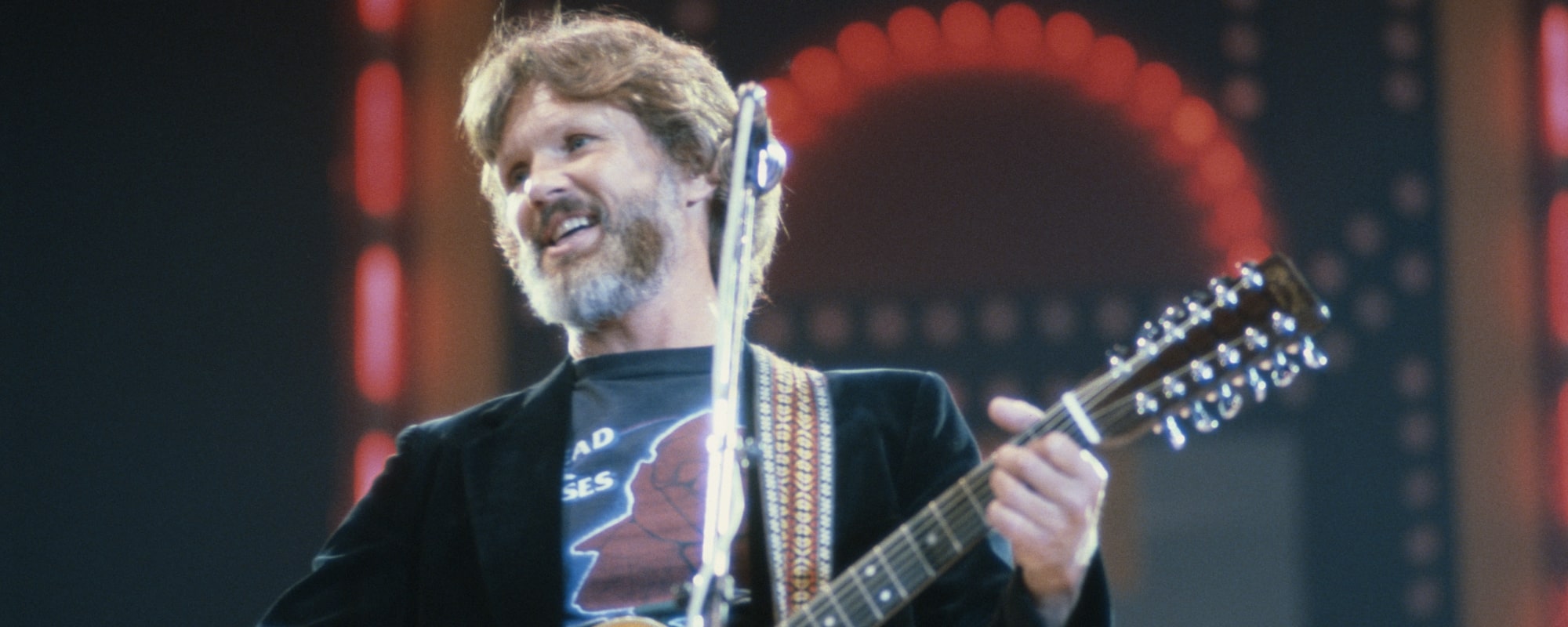
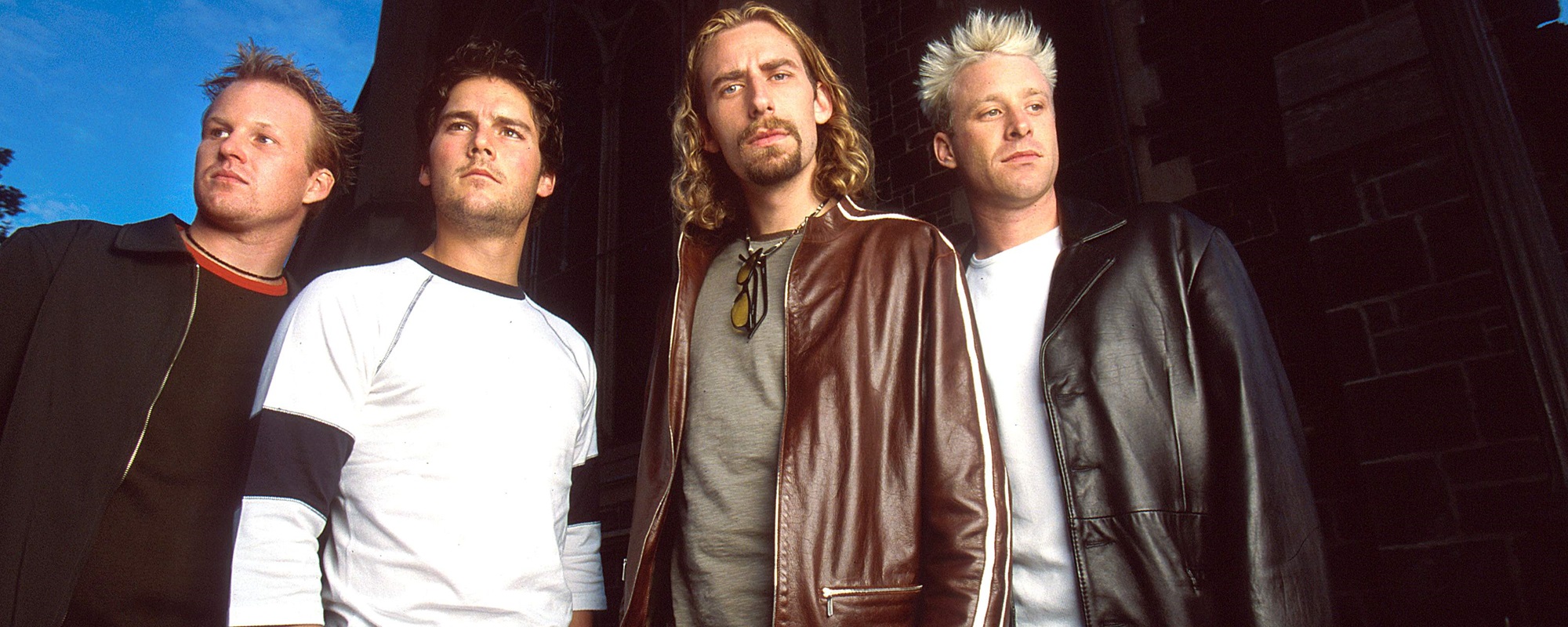

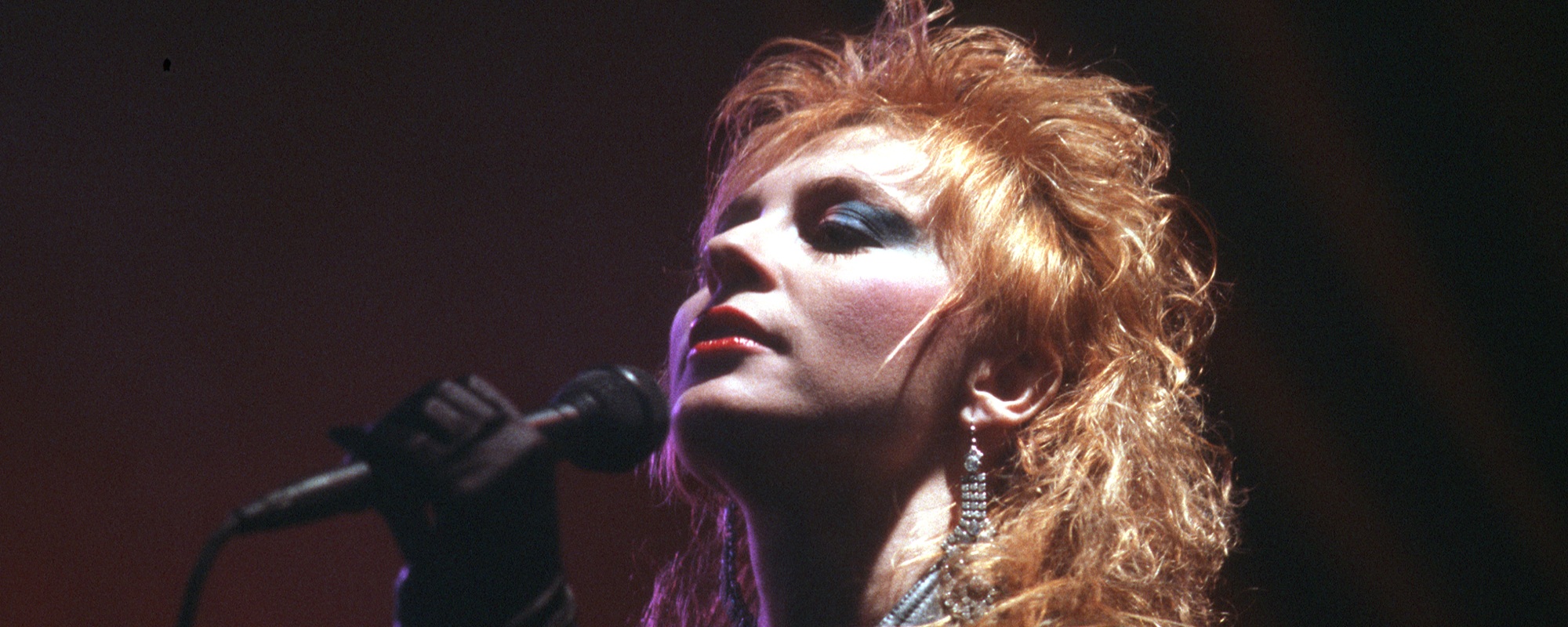
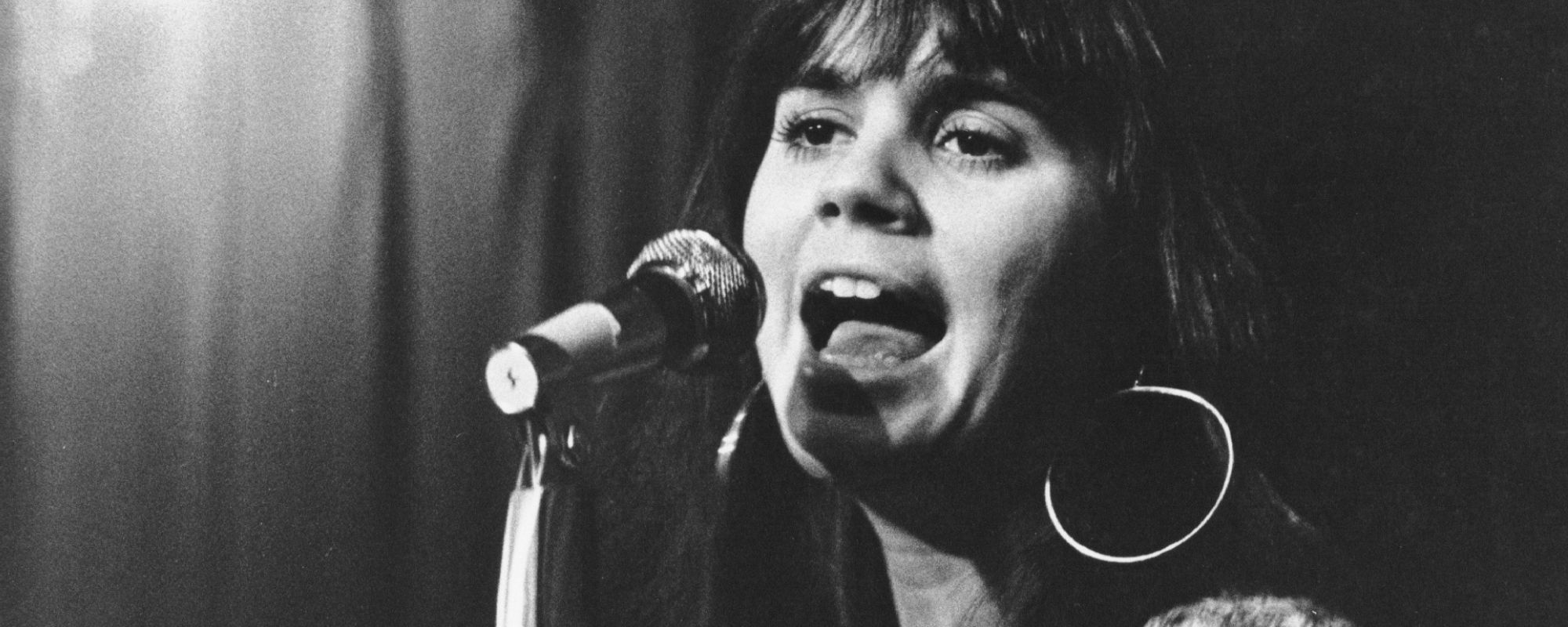
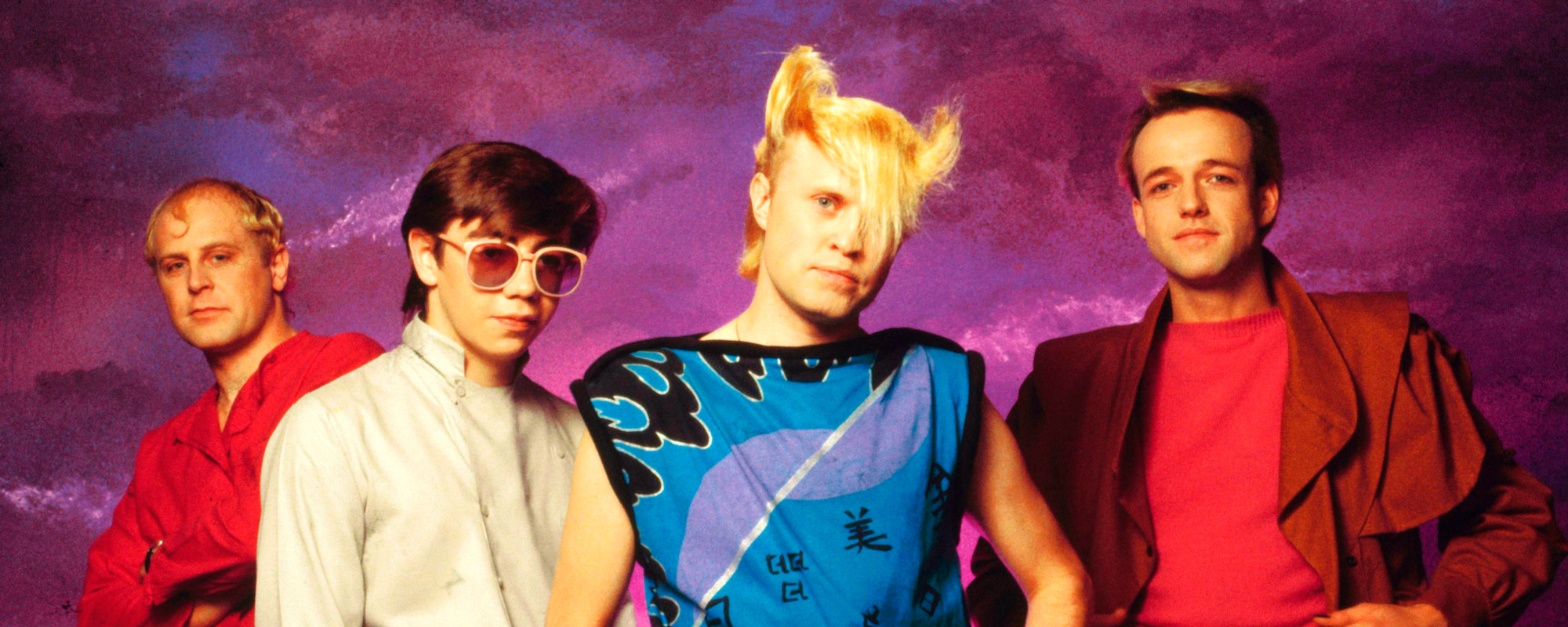
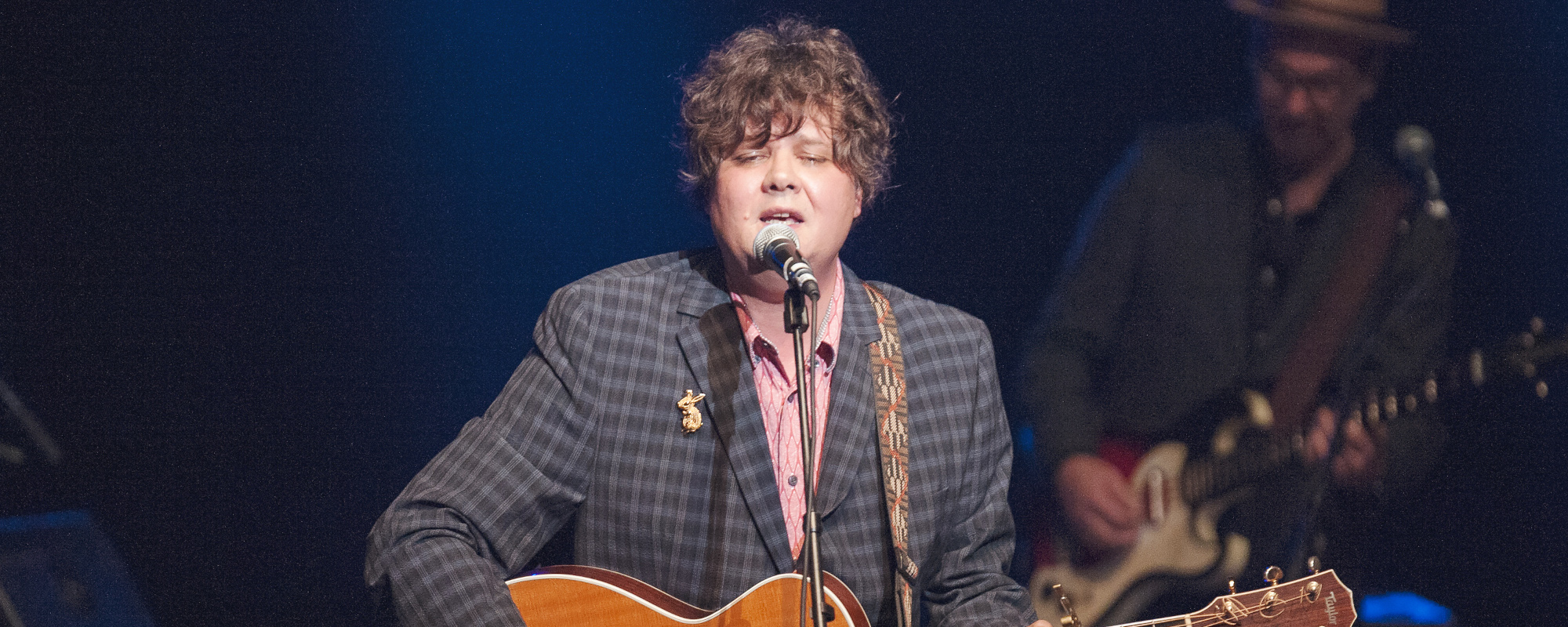
Leave a Reply
Only members can comment. Become a member. Already a member? Log in.